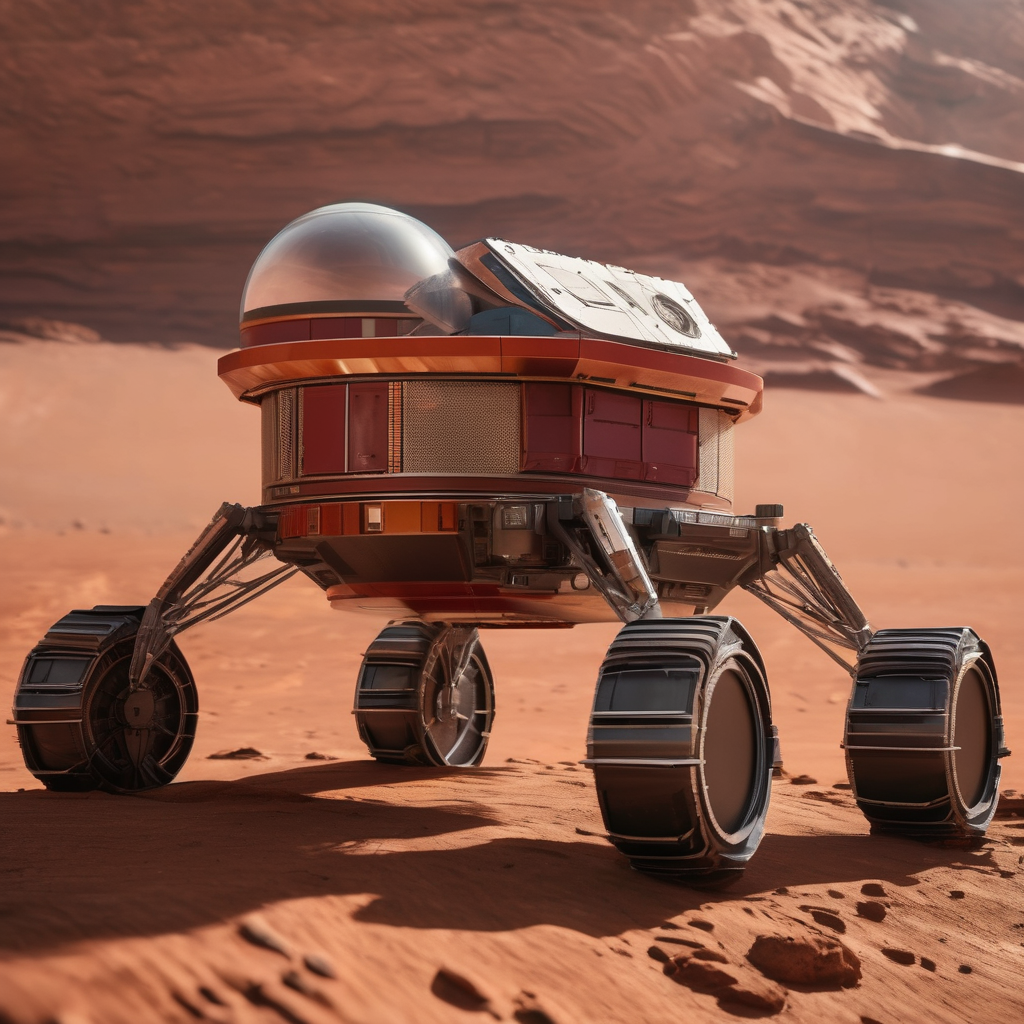NASA’s latest robotic mission to Mars, known as ESCAPADE, could fittingly be renamed the Great Escape due to its remarkable resilience in the face of challenges. This innovative mission aims to gather essential data that may shed light on the transformation of Mars from a planet once characterized by a thick atmosphere and flowing water to its current state as a cold, dry, and nearly airless world.
Launched on Thursday, ESCAPADE is designed to act as a “trailblazer” for future NASA endeavors, helping the agency maximize efficiency and return on investment for its scientific missions, according to Rob Lillis, the principal investigator of the project. The mission’s inception is a testament to perseverance; Dr. Lillis’ original proposal faced rejection from NASA several years ago, but ultimately gained approval amid a federal government shutdown in 2018.
Through its exploratory efforts, ESCAPADE will provide important insights into Mars’ past, aiding scientists in understanding the environmental changes that have shaped the Red Planet. As NASA continues to explore ways to enhance its scientific missions, ESCAPADE exemplifies a new approach that could benefit future exploration initiatives. This mission holds the potential not just to advance our knowledge of Mars, but to pave the way for more efficient and impactful space exploration overall.
